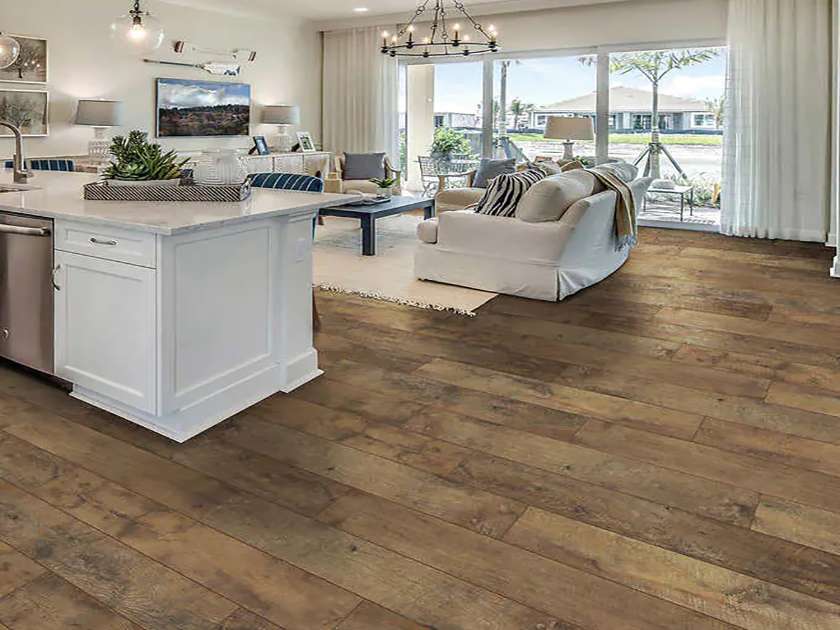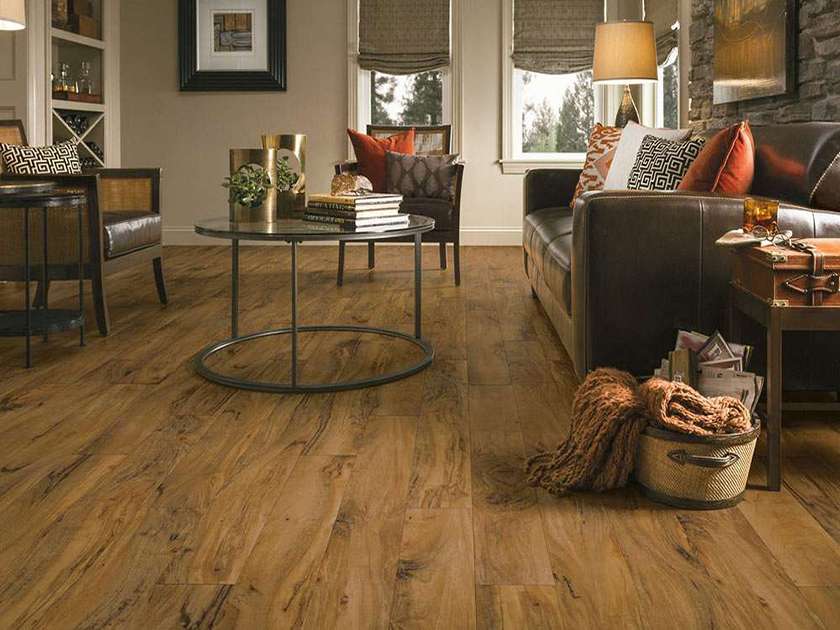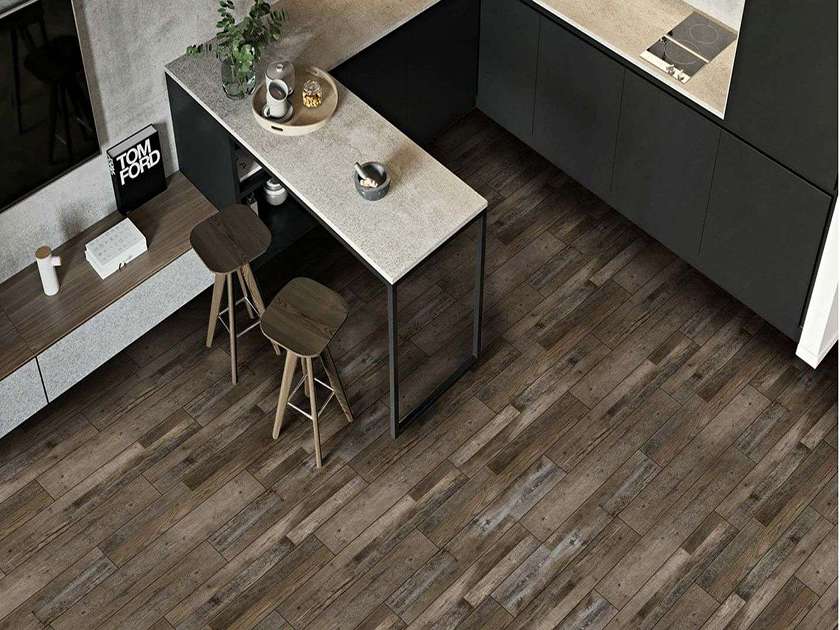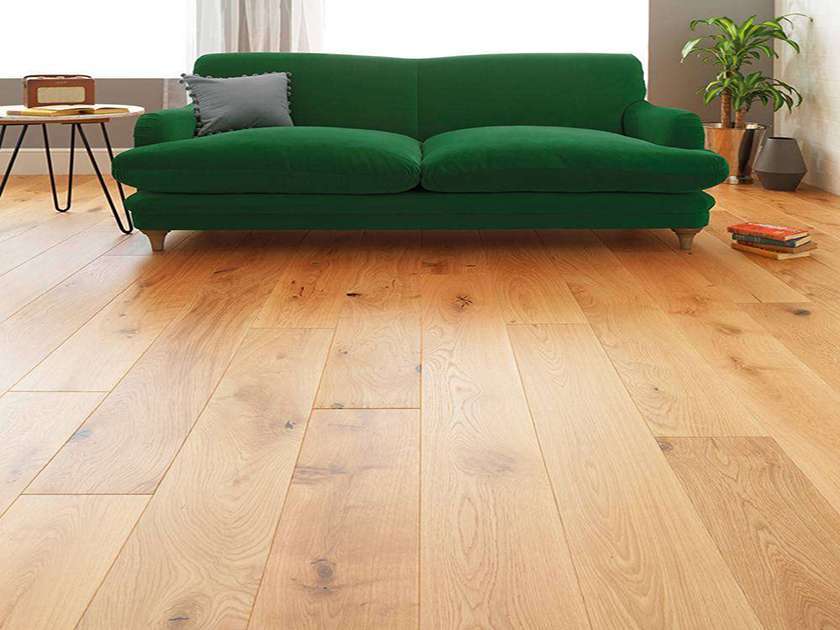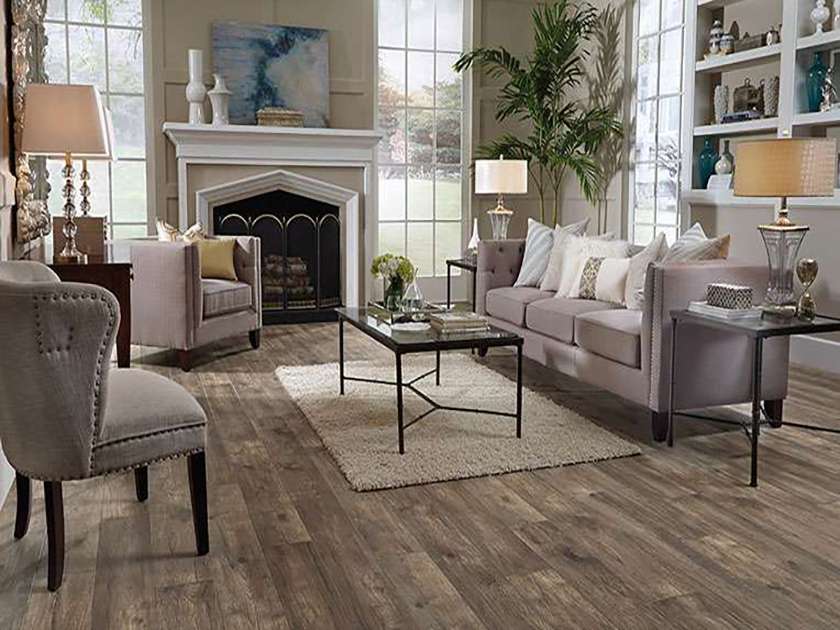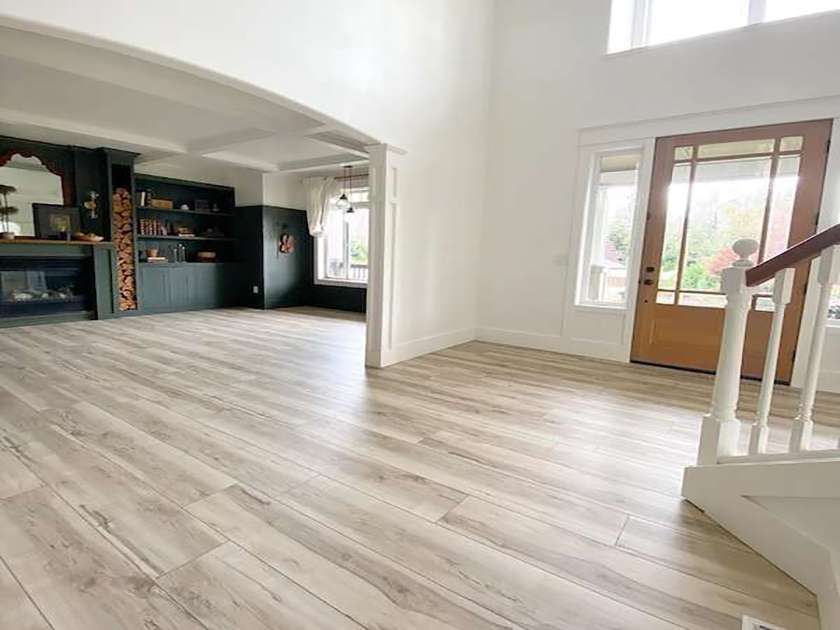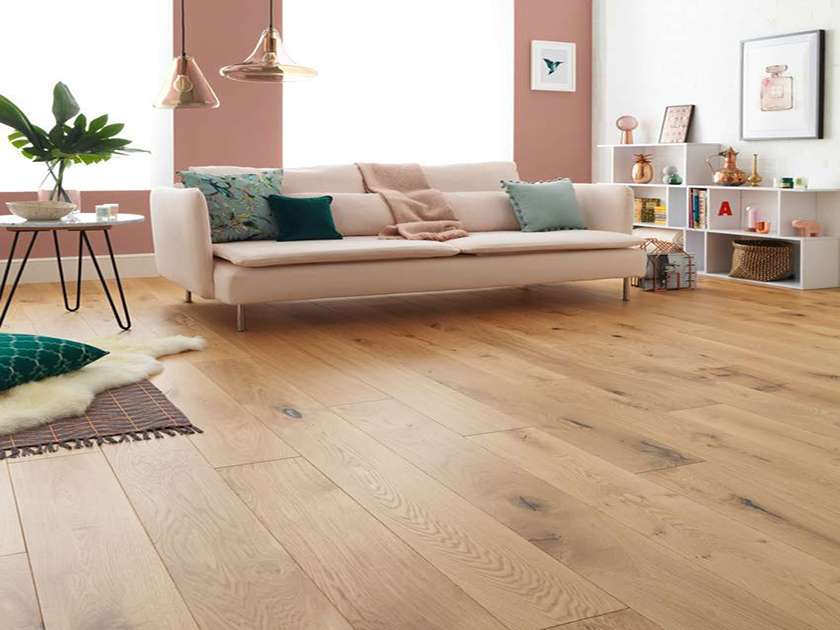Flooring
Solid wood flooring, which as the name implies consists of one solid piece of wood, and engineered wood flooring, in which a thin veneer of real wood is bonded to layers of structural plywood.
Types of Flooring
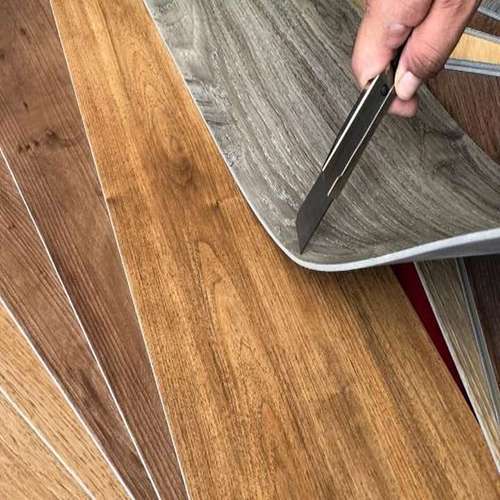
Vinyl Flooring
DESCRIPTION: Vinyl flooring is made of colored chips of polyvinyl chloride (PVC) formed into solid sheets by heat and pressure, durable, and stands up well to heavy foot traffic. It is comfortable underfoot and reduces noise. It is easy to install and maintain.
USES: Being resistant to water, vinyl is a great flooring option for kitchens, bathrooms, and basements. It is also a great option for playrooms or for areas where children are sure to spill something every now and again.
BENEFITS:
- It is Budget-Friendly
- A Vast Array Of Finishes
- More Durable And Resilient Than Ever
- Easy To Maintain
- Installation Has Advanced And Simplified
- Water-Resistant And Insulating

Laminate Flooring
DESCRIPTION: Laminate flooring is a multi-layer synthetic flooring product fused with a lamination process. Laminate flooring simulates wood with a photographic applique layer under a clear protective layer.
USES: Laminate floors are a popular type of floor covering for homes’ living areas, kitchens, dining areas, bedrooms, hallways, and other areas that are not subject to excessive moisture.
BENEFITS:
- Laminate flooring is highly durable.
- Laminate flooring is easy to clean and maintain.
- Laminate flooring is economical.
- Laminate flooring offers a variety of styles.

Engineered Wood Flooring
DESCRIPTION: Real Natural Hardwood is treated to increase durability that comes with Wall Skirting, T-Molding, Stair-Nose, and Underlay.
USES: Engineered wood is sustainable because it allows you to achieve or exceed the same density and strength of old-growth timber on your floors.
BENEFITS:
- Beautiful
- Smooth
- Durable
- Glue-free
- Quick and Easy to Install

